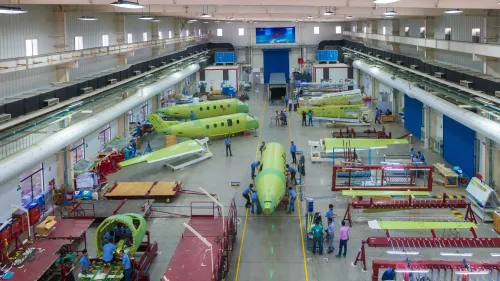How Are Software-Defined Vehicles Shaping the Future of the Auto Industry?

Synopsis
Key Takeaways
- SDVs represent a major shift from hardware-based vehicles to software-focused designs.
- The ability to perform over-the-air updates significantly reduces the need for physical recalls.
- Technologies like cloud connectivity and real-time analytics enhance vehicle functionality.
- SDVs provide a more personalized and efficient driving experience.
- This evolution is redefining the future of mobility.
New Delhi, Aug 8 (NationPress) Software-Defined Vehicles (SDVs) are swiftly revolutionizing the automotive sector by transitioning intelligence from hardware to software, according to a report released on Friday.
The analysis emphasizes how this transformation facilitates enhanced automation, personalization, and innovation in vehicle design and performance, as noted by market intelligence firm 1Lattice.
In contrast to conventional vehicles constructed around static hardware systems, SDVs function on modular, programmable platforms.
This capability empowers manufacturers to remotely introduce new features, upgrade existing functionalities, and minimize dependence on physical recalls, all through over-the-air (OTA) software updates, the report asserted.
As per 1Lattice, the SDV evolution is fueled by advancements such as cloud connectivity, edge computing, and real-time data analytics.
These innovations are supporting dynamic user experiences, predictive maintenance, and improved operational efficiency.
With integrated operating systems and advanced driver assistance systems (ADAS), vehicles can now self-optimize based on user behavior, road conditions, and emerging technologies, the report underscored.
The study also outlines the evolution of automotive technology, progressing from basic functional models to fully adaptive, software-driven platforms integrated with 5G and intelligent automation.
According to 1Lattice, SDVs are redefining the future of mobility, offering strategic insights for automakers, tech providers, and investors eager to navigate this new age of connected, intelligent transportation.










